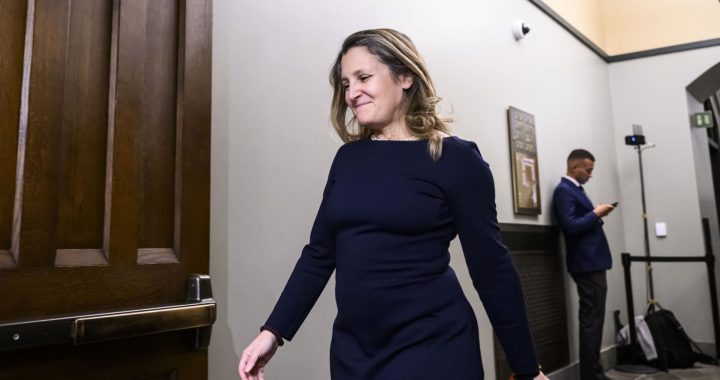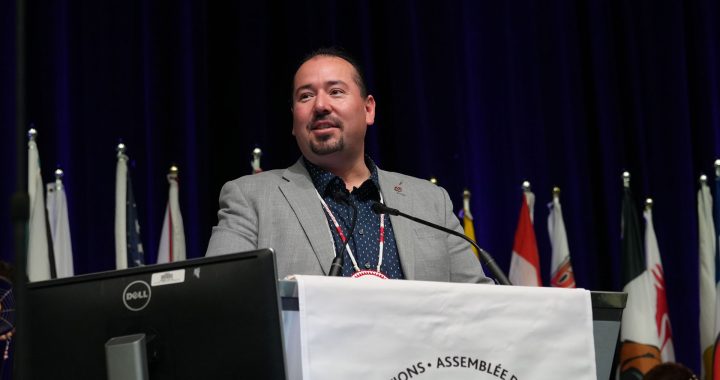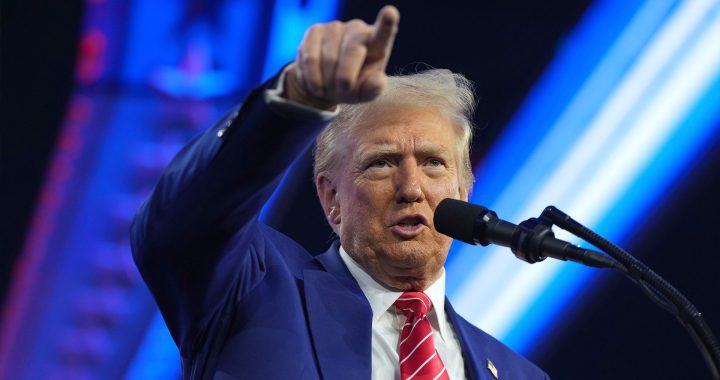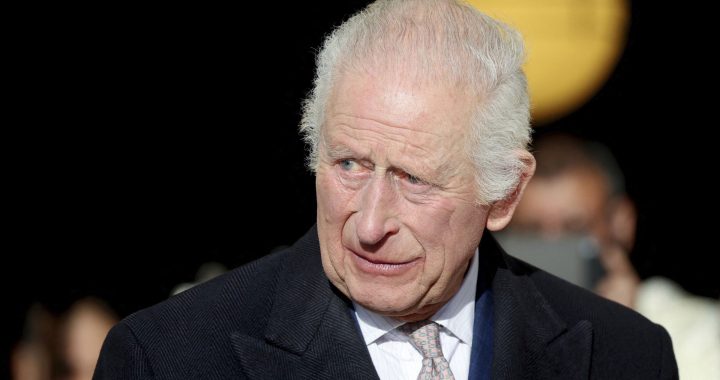The head of the Union of British Columbia of Indian Chiefs says he doesn’t think the province can meet its net zero emissions targets after approving an environmental certificate for a natural gas facility and export terminal.
In March, B.C. Premier David Eby announced that the province was approving a project called Cedar LNG.
But Stewart Phillip points out that the way the gas is being extracted is not environmentally friendly.
“The most disruptive thing about that particular project is fracking,” he said. “There is no such thing as natural gas, there is only fracked gas, and it’s incredibly destructive to the environment.“
Fossil fuels is also the leading cause of the climate crisis where storms have intensified and temperatures around the world risen.
The project is owned mostly by the Haisla Nation. The floating $2.4 billion liquified gas facility and export terminal will be located on the Douglas Channel in northern B.C.
According to the B.C. government, it’s the largest First Nation-owned infrastructure project in Canada.
The nation partnered with the Pembina Pipeline Corporation.
“We chose lesser environment impacts over economies,” said Chief Crystal Smith. “The project is going to be run on e-drive, which is power from the grid, which is hydro and as well as air cooling versus water cooling, which will be minimizing the impacts, however, cost a little more for the technology.”
The project will received gas from northeastern B.C. through the Coastal GasLink Project. A portion of that pipeline is contested by Wet’suwe’ten hereditary chiefs and supporters.
Smith said Cedar LNG will create 500 jobs during construction – and 100 permanent jobs when complete.
The facility will have the capacity to export 3-million tonnes of gas a year.
“We think about the jobs that are going to be provided, but the revenues also provide social programs not just for the Haisla but for the region; we are definitely proud to have the opportunity to contribute to those social projects.”
“We believe that we are providing the most environmentally sound products to the rest of the world that aren’t provided this type of energy, we still have parts of the world that are burning coal, that are higher emitting.”
With files from Tina House and Simon Charland










